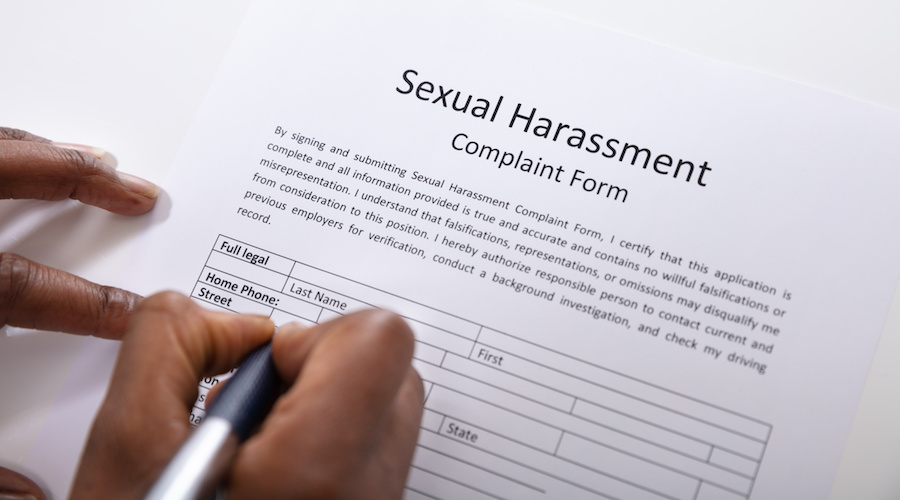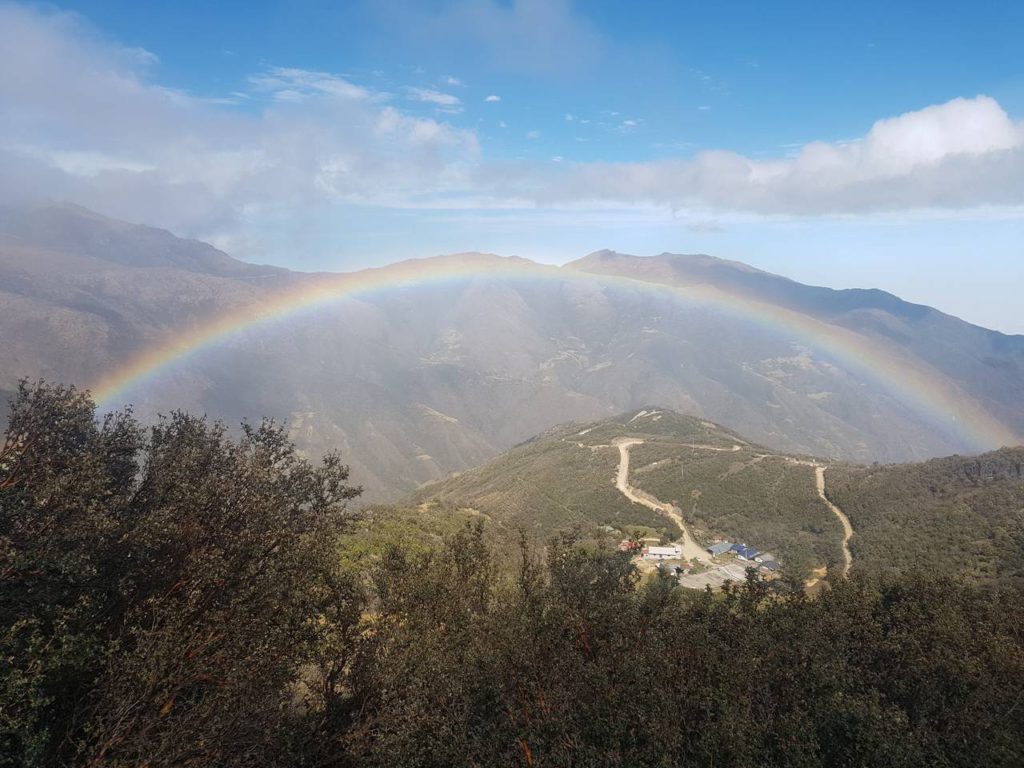
The mining giant also had two substantiated allegations of rape, with further cases still under investigation.
All substantiated cases were reported to the police except for one, at the request of the victim. As a result, 48 workers were ousted, BHP said. Nine reported cases were either not substantiated or could not be investigated to a conclusion.
Between 2019 and 2021 BHP received six confirmed cases of sexual assault and 73 of harassment at its FIFO mines, resulting in 48 workers ousted.
“Our position on this is clear. Sexual harassment is completely unacceptable, contrary to our values and unlawful,” it said in the submission.
BHP says it has focused on improving prevention, reporting of and response to sexual harassment. Measures taken included committing A$300 million ($213m) to boosting site security at FIFO camps and linking remuneration packages for the company’s executive leadership team in the 2022 fiscal year to sexual harassment elimination. It also said relevant senior leaders would be given key performance indicators based on sexual harassment reporting rates.
The Melbourne-based giant has also introduced a new alcohol policy that limits late night drinking and the amount employees at the camps are allowed each day.
Rivals Rio Tinto (ASX, LON, NYSE: RIO) and Fortescue Metals Group (ASX: FMG) have also made submissions to the inquiry, which were published on Friday.
Rio said that, since January 2020, it has confirmed one case of sexual assault and 29 instances of harassment at its FIFO operations.
Western Australia’s parliament launched in July a formal inquiry into sexual harassment in the FIFO mining industry triggered by a series of allegations. Miners including BHP and Rio Tinto say the increase in reports is a result of their efforts to make female employees more confident about speaking out. Other submissions to the inquiry, however, suggest the problem is an endemic one.
Gender equality price?
In the last decade, mining giants have made a point of hiring more women. They have used apprenticeships, direct recruiting and more flexible working practices to attract female labour, hoping to rebalance their mostly male workforces and help fill vacancies.
Despite coordinated efforts, mining remains one of the worst-performing industries when it comes to the hiring of women, particularly at senior management level.
Females tend to be put off by the lack of flexibility in a career that can include months away from home at isolated sites.
There is also an evidence-based belief that they won’t have the same opportunities or salaries men have.
The possibility of being sexually harassed won’t help improve women’s perception of the mining industry, Fiona Vines, BHP’s head of diversity and inclusion, said earlier this month.
A 2020 Australian Human Rights Commission inquiry into sexual harassment found that 74% of women in the mining industry had experienced some form of sexual harassment in the past five years, partly due to the gender imbalance.
BHP set a goal in 2016 to achieve a 50-50 gender balance by 2025 across the company — from truck drivers in Chile to its boardroom in Melbourne. Based on the miner’s 2020 report, it leads the industry as total females on payroll were up 2% in the year to 26.5%.
The proportion of female employees at rivals is much lower, with Fortescue having 19.4% of women employees, Rio Tinto 18.4% and Vale 13%.




